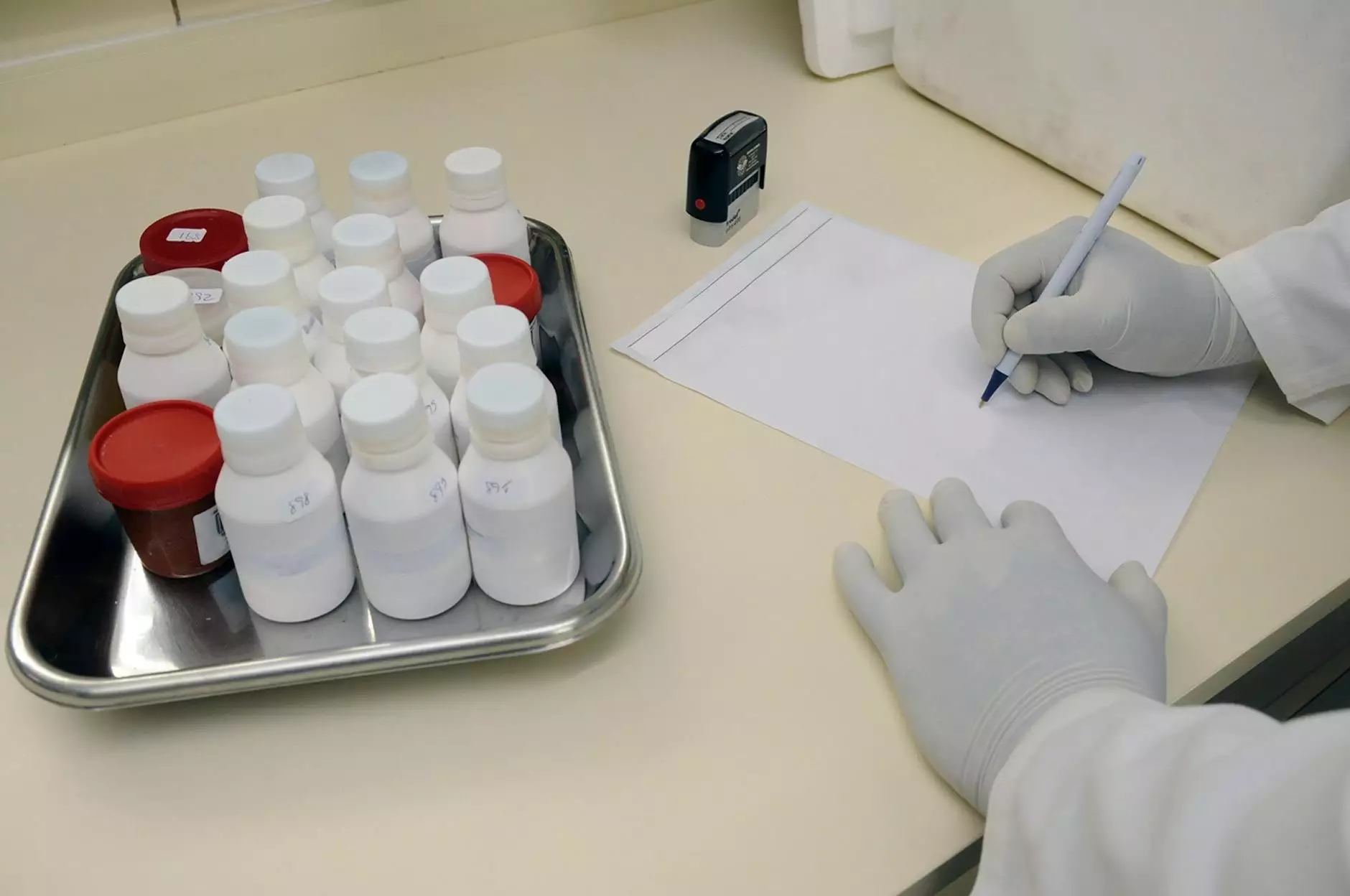Detailed Instructions For Acid-base Titration Lab Report

Welcome to The Knowledge Nest's comprehensive guide on writing a detailed acid-base titration lab report. In this article, we will provide you with step-by-step instructions and essential tips to ensure that your lab report stands out. Whether you're a student or a researcher, this guide will equip you with the knowledge and skills necessary to excel in your acid-base titration experiments.
What is Acid-Base Titration?
Acid-base titration is a common laboratory technique used to determine the concentration of an unknown acid or base solution by reacting it with a standard solution of known concentration. This process involves carefully measuring the volumes of the solutions involved and relying on the stoichiometry of the reaction to calculate the concentration of the unknown solution. Acid-base titration is widely used in various disciplines, including chemistry, biology, and environmental science.
Step-by-Step Guide
Step 1: Equipment Setup
Begin by gathering all the necessary equipment for your acid-base titration experiment. This typically includes a burette, pipette, conical flask, indicator, and solutions of known concentration. Ensure that all the equipment is clean and properly calibrated.
Step 2: Preparation of Solutions
Prepare your standard solution by accurately measuring an appropriate volume of your known concentration solution using a pipette. Similarly, prepare your unknown solution in a conical flask.
Step 3: Performing the Titration
Now, it's time to perform the titration. Start by adding a few drops of the chosen indicator to your unknown solution in the conical flask. The indicator will change color based on the pH of the solution. Slowly add the standard solution from the burette to the unknown solution, swirling the flask gently to ensure proper mixing. Continue the titration until the color change indicates the equivalence point has been reached.
Step 4: Data Collection
During the titration, carefully record the volume of the standard solution that was required to reach the equivalence point. This data, along with the initial concentration of the standard solution, will be crucial for calculating the concentration of the unknown solution.
Step 5: Calculations
Using the recorded data and the stoichiometry of the reaction, calculate the concentration of the unknown solution. Ensure that your calculations are accurate and take into account any dilutions or multiple reactions that may be involved.
Step 6: Reporting the Results
Now that you have determined the concentration of the unknown solution, it's time to report your findings. This section of your lab report should include a detailed explanation of the experiment, the data collected, calculations performed, and the final concentration of the unknown solution. Additionally, discuss any sources of error or limitations that may have influenced the results.
Tips for Writing an Outstanding Lab Report
- Clearly state the objective of the experiment.
- Provide a concise background and theory section to give context to your experiment.
- Include detailed experimental procedures and methods.
- Accurately record all data and observations during the experiment.
- Use appropriate tables, graphs, or charts to present your data.
- Thoroughly analyze and interpret your results.
- Discuss any potential sources of error and suggest improvements for future experiments.
- Cite any references or sources used in your research.
By following these guidelines, your acid-base titration lab report will not only demonstrate your understanding of the experiment but also showcase your ability to communicate scientific information effectively.
Conclusion
In conclusion, mastering the art of writing a detailed acid-base titration lab report is essential for anyone involved in scientific research and experimentation. The step-by-step instructions provided in this guide, along with the practical tips and techniques discussed, will undoubtedly help you produce a high-quality lab report that stands out from the rest.
Remember, practice makes perfect. The more you engage in acid-base titration experiments and report writing, the better you will become at documenting your scientific findings accurately and clearly.
Stay updated with The Knowledge Nest's blog for more insightful articles and guides on various scientific topics!









